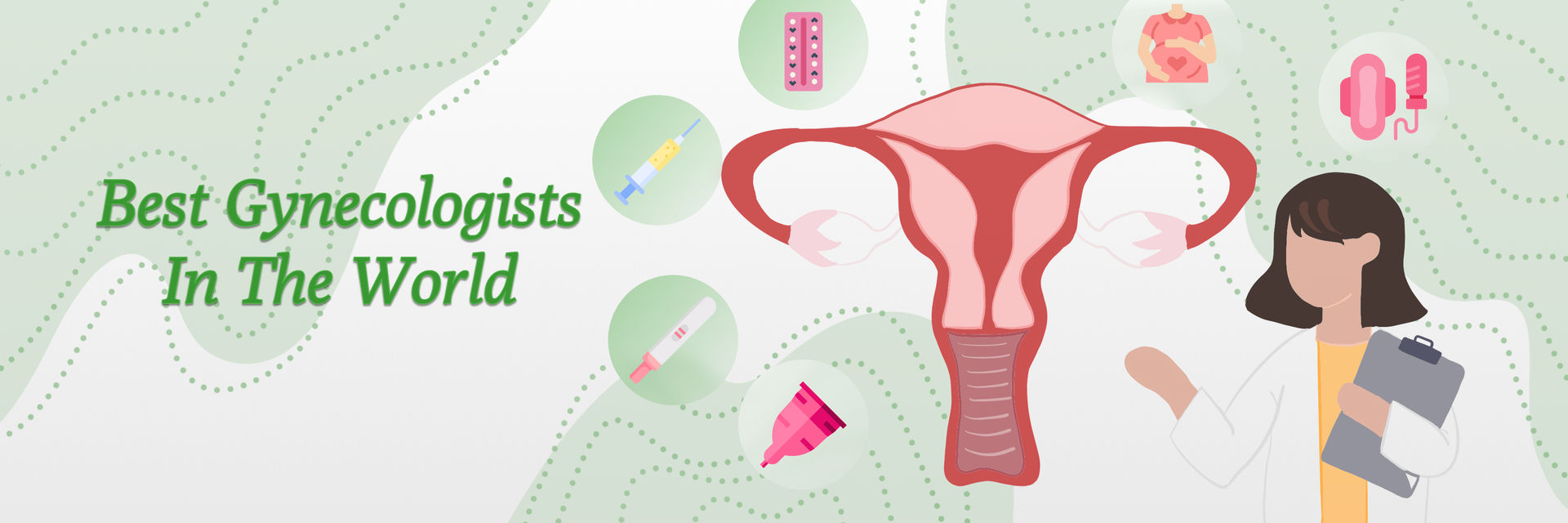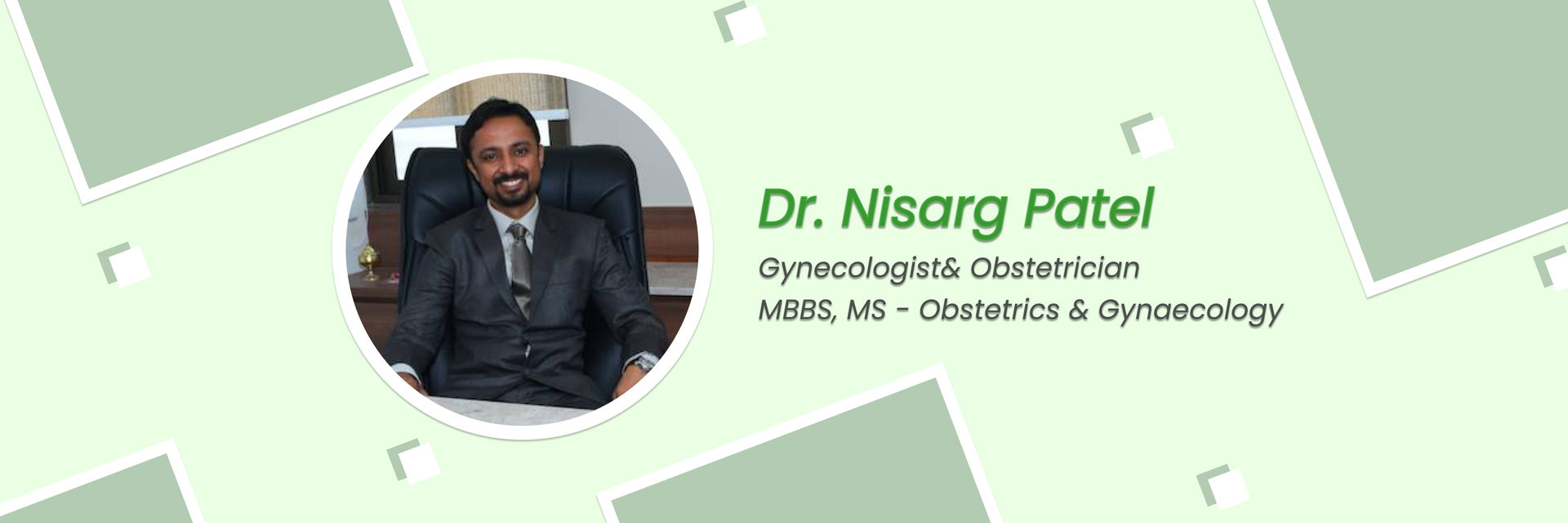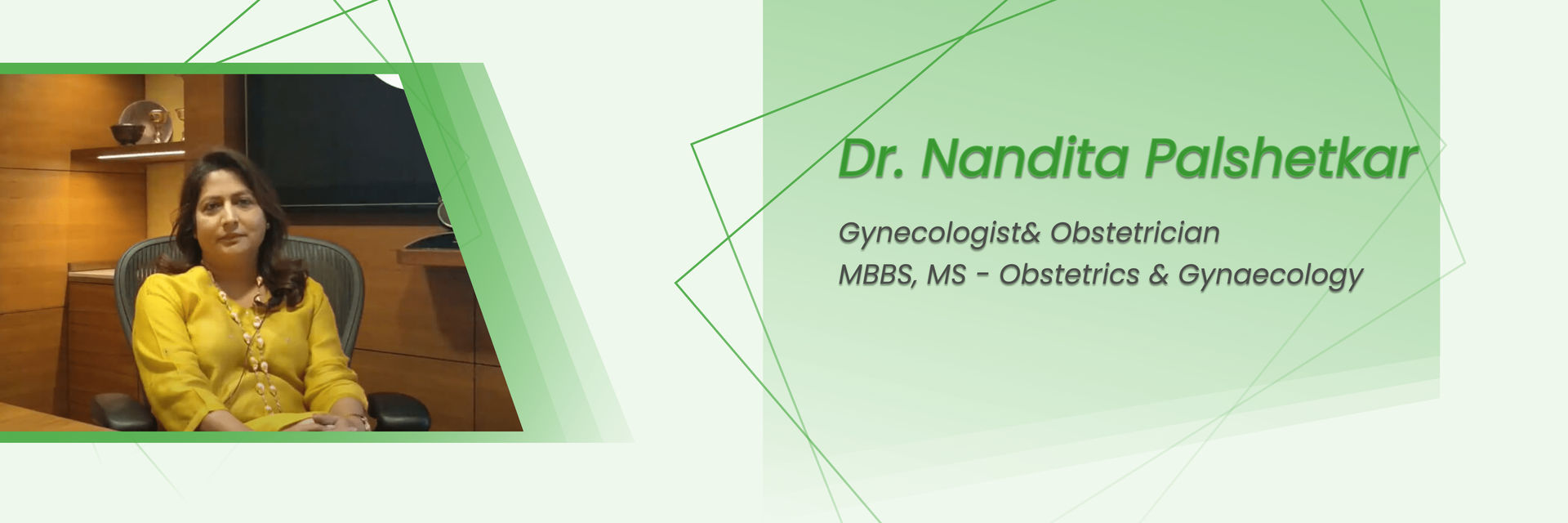Postpartum haemorrhage refers to severe vaginal bleeding after childbirth. It is the leading cause of maternal mortality worldwide. Each year, about 14 million women experience it. And it results in approximately 70,000 maternal deaths globally.
One of the primary causes of this is the subinvolution of uterus. Subinvolution can lead to fertility issues in about 4% of untreated cases. It has a potential impact on fertility. It is crucial for maternal well-being and promoting postpartum health.
But before we learn about the treatment options, let's know what it is and why it occurs.
It occurs when the uterus does not return to its standard pre-pregnancy size. Subinvolution of the uterus is when the uterus doesn't shrink back to its usual size after having a baby. It might happen if the uterus muscles don't contract fully after birth. This can make recovery take longer. It can cause prolonged periods or no periods at all. But sometimes, there are no signs at all.
Is subinvolution of the uterus a common condition post-childbirth?
After giving birth, the uterus usually shrinks back to its normal size. But sometimes, it doesn't. Here's why:
Placental Bits: Small pieces of the placenta might remain in the uterus.
Infections: If the uterus gets infected, it might not shrink back as fast.
Too Stretched: If the uterus stretches a lot during pregnancy, like with twins or a big baby, it might take longer to shrink back.
Weak Muscles: The uterus needs to tighten up after birth. If the muscles are weak, they might not shrink back.
If you think you have this issue, it's time to see a doctor.
What Are the Causes of Subinvolution of the Uterus?
When the uterus doesn't return to its usual size after giving birth, it's called subinvolution. The causes of subinvolution of uterus can be:
Retained Placental Tissue: Sometimes, pieces of the placenta stay in the uterus after birth. This can stop the uterus from healing correctly and lead to swelling and bleeding. Over 70% of subinvolution cases are because of this.
Endometriosis: Infections in the inner lining of the uterus can slow down healing after giving birth.
Uterine Atony: The uterus muscles should tighten after childbirth to help push out blood and start healing. If these muscles are weak or don't tighten enough, it can lead to subinvolution and bleeding.
Prolonged Labor: A long labor can tire out the uterus muscles, making it hard for them to return to normal.
Multiple Pregnancies in a Short Time: Having many babies close together, especially twins or triplets, can stretch the uterus. This makes it harder for it to shrink back.
Uterine Fibroids: These are growths in the uterus wall. They can stop the uterus muscles from tightening and shrinking as they should.
Past Uterine Surgery: Women who've had a C-section or surgery to take out fibroids might have scar tissue in the uterus. This can make it hard for the uterus to tighten up and heal.
Uterine Abnormalities: Sometimes, women are born with unusual uterus shapes or other issues. These can also cause subinvolution, though it's rare.
What Are the Common Symptoms of Subinvolution?
Common symptoms of subinvolution include:
- Prolonged postpartum bleeding
- Feeling of fullness in the lower abdomen
- Enlarged or tender uterus
- Backache
- Fatigue
- Irregular menstrual cycles
- Infection
- Fever
- Chills
- Discharge of foul odour
Did you experience any of these symptoms?
Don't delay; schedule an appointment today for consultation.
How Is Subinvolution of the Uterus Diagnosed?
Let's look at how subinvolution of the uterus is diagnosed:
| Diagnostic Method | Description |
| Clinical Assessment | To understand medical history |
| Physical Examination | This is performed to assess the size, position and abnormalities of the uterus. |
| Transvaginal Ultrasound | To identify retained placental tissue, blood clots, or other structural abnormalities. |
| Blood Tests | To check for signs of infection or inflammation |
| Other Imaging | In rare or complex cases, additional imaging methods, such as magnetic resonance imaging, may be required. |
| Cultures/Swabs | In case of infection |
What Treatments Are Available for Subinvolution of the Uterus?
Treatment options include the following:
- Medicines: They are used to stimulating uterine contractions.
- Surgical procedures: Like dilation and curettage (D&C) are done in severe cases. Placental tissue must be removed if it is retained.
- Uterine Compression Sutures: Late postpartum bleeding occurs commonly due to subinvolution of uterus. These sutures are beneficial for this condition.
- Anti-infection treatments: They are done if infections are present.
- Auricular Acupressure: A study noted that this could promote uterine involution post-cesarean section.
- Observation and time: Sometimes, it may resolve on its own over time without the need for specific treatment.
- Uterine massage: Gentle uterine massage may stimulate uterine contractions and promote involution.
- Hormonal therapy: This may be prescribed to help the uterus contract and return to its normal size.
- Pain management: Over-the-counter or prescription pain medications can help manage discomfort.
- Avoid aggravating factors like excessive physical activity, sexual intercourse, or heavy lifting.
- Lifestyle modifications: A healthy lifestyle with adequate rest, hydration, and nutrition can support the body's natural healing processes.
It's crucial to consult with your doctor to determine the most suitable treatment option for subinvolution of the uterus.
Call us to book your appointment and understand your treatment plan according to your circumstances.
What Are the Potential Complications of Subinvolution?
It can lead to the following complications:
- Increased risk of infection
- Heavy and prolonged bleeding
- Uterine scarring
- Chronic pelvic pain
- Pelvic discomfort
- Secondary Postpartum Haemorrhage: This can cause a rare but severe condition. This condition is known as subinvolution of the placental sites. It shows abnormal persistence of large, dilated, superficially modified spiral arteries. It is a significant cause of morbidity and mortality among young women.
How Can Subinvolution of the Uterus Impact Fertility?
Subinvolution of the uterus is mainly linked to issues after giving birth. But it can also affect a woman's ability to have more children. Here's how it can impact fertility:
- Recovery Time: The uterus might take longer to return to its normal size and place. This can delay when you can get pregnant again.
- Period Problems: It can lead to heavy or long periods. It makes it harder to ovulate and get pregnant.
- Uterine Scarring: Bad cases can lead to infections and scars in the uterus. This makes it hard for a pregnancy to stick.
- Emotional Stress: The physical problems and feelings can affect your mindset, making the journey to another pregnancy harder.
- Secondary Infertility: Problems from subinvolution can make it hard to have another baby after the first.
- Thin Uterine Lining: It might affect the health and thickness of the lining inside the uterus. If it's not healthy or has scars, it's harder for a pregnancy to start.
- Chronic Pelvic Pain: Long-term pain in the pelvis can come from swelling, infections, or scar tissue, affecting the organs needed to get pregnant.
- Hormone Issues: If the uterus doesn't heal right, it might cause hormone imbalances, which can stop ovulation.
- Scarring and Blockages: Bad cases can lead to scar tissue and blockages in the uterus or nearby. This can block the tubes needed for ovulation and pregnancy.
- Risk of Miscarriage: Issues in the uterus from subinvolution can make miscarriages more likely.
All these issues highlight the importance of proper care and monitoring after giving birth. If you're thinking about having another baby and have had subinvolution, it's crucial to talk with a doctor.
How Can You Prevent the Effects of Subinvolution?
The effects of subinvolution cannot be prevented entirely. But you can reduce the risk.
- Ensuring proper prenatal care
- Attend postpartum check-ups
- Eating a balanced diet.
- Take appropriate rest
- Breastfeeding
- Follow good hygiene practices
- Avoid infections
All these factors can support uterine recovery after childbirth.
References:
https://my.clevelandclinic.org/health/diseases/22655-uterus-involution






